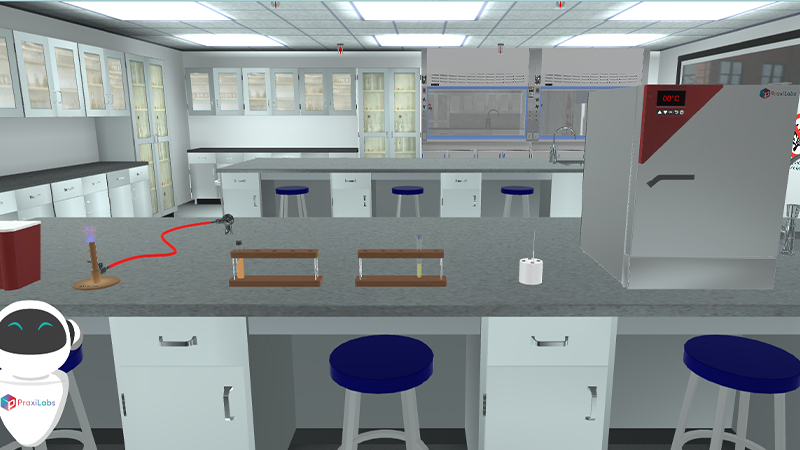





2.5M+
Active Users Worldwide
80%
Improved Learning Retention
60%
Reduction in Laboratory Costs
To determine the ability of microorganisms to degrade urea by means of the enzyme urease.
Biochemical reaction enzyme detection
By the end of the urease test experiment, student will:





